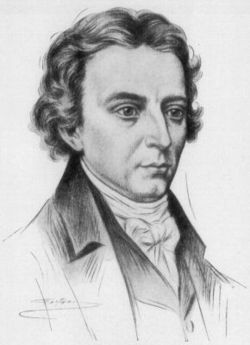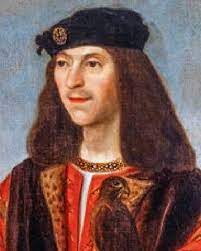During the 16th century, the religious unity of the Holy Roman Empire, which comprised a patchwork of territories in present-day Germany, Austria, and parts of neighboring countries, was shattered by the emergence of Protestantism. The Protestant Reformation, led by figures like Martin Luther and John Calvin, challenged the authority and doctrines of the Roman Catholic Church, gaining followers across various states within the empire.
These religious differences sparked numerous conflicts and wars, including the Schmalkaldic War (1546-1547), between the Catholic forces of Emperor Charles V and the Protestant Schmalkaldic League. Despite winning the war, Charles V recognized the growing tensions and sought a more durable solution to prevent further unrest and preserve the empire’s territorial integrity.
The Peace of Augsburg was a significant treaty signed on September 25, 1555, during the tumultuous period of the Protestant Reformation in Europe. It marked a crucial turning point in the religious and political landscape of the Holy Roman Empire. The treaty was a result of the efforts to find a resolution to the deep-seated religious conflicts between Catholics and Protestants in the region.
Terms of the Peace of Augsburg:
The Peace of Augsburg negotiated in the city of Augsburg, Bavaria, aimed to settle the religious divide within the empire. Its main provisions included:
- Cuius regio, eius religio: This Latin phrase, meaning “whose realm, his religion,” was a fundamental principle of the treaty. It meant that the ruler of each territory within the Holy Roman Empire would have the right to determine its official religion. In other words, the ruler’s religion would become the religion of the state, and the subjects would have to adhere to it.
- Recognition of Lutheranism: Lutherans, who were the most prominent Protestant group at that time, gained recognition under the treaty. Their beliefs were acknowledged as valid within the empire.
- Temporary Tolerance for Other Protestant Sects: Beyond Lutherans, the treaty allowed other Protestant denominations that had already established themselves in the empire by 1552 to continue practicing their faith without fear of immediate persecution.
- Rights of Catholics: Catholicism, being the predominant religion in the empire, retained its status and rights. Catholics were allowed to practice their faith freely throughout the territories.
Consequences: The Peace of Augsburg brought an end to the religious hostilities within the Holy Roman Empire temporarily. However, the peace was imperfect, as it excluded Calvinism and other emerging Protestant sects from recognition and protection. This exclusion would later become a source of further tensions and conflicts.
The treaty’s provisions laid the groundwork for the legal framework of the “territorial principle,” which tied religion to the ruler rather than the individual, and this principle persisted in Europe until the Peace of Westphalia in 1648.
Ultimately, the Peace of Augsburg did not bring lasting peace to the region, and religious strife continued. The religious and political complexities would intensify, leading to the Thirty Years’ War (1618-1648), which reshaped the map of Europe and solidified the principles of religious freedom and state sovereignty.




